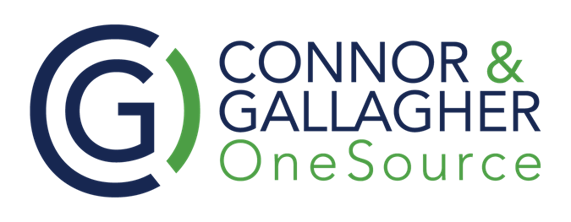Do you ever feel like there could be a Webster's dictionary dedicated to the health insurance industry? There are terms thrown out left and right that require a google search...and don't get me started on acronyms.
Two of the most utilized terms are Fully-Insured and Self-Funded. How should you determine which one you should be as an employer?
It starts with understanding how the two are different. In this short video, I break down the three main differences between Fully-Insured and Self-Funded employers.
Transcript
About the Author
Mike Kroupa, Self-Funding Insurance Expert
I grew up in a house that was constantly under construction and the experience helped me uncover one of my passions, remodeling. After running a successful remodeling business with my brother during college, I decided I wanted to keep this as a hobby. Instead, I took my advisor’s recommendation and started down the actuarial path, which ultimately led me to insurance.
Since then, I have focused my career teaching employers how to better manage their health insurance plans. I found myself frustrated year after year of doing the same thing because it didn’t feel like I was making an impact. Healthcare costs were continuing to increase, and it felt like the only options employers were left with was increasing deductibles, increasing contributions, and switching carriers.
There was a turning point for me in 2020 as I found Health Rosetta, an ecosystem for scaling adoption of practical fixes to our health care system. As my clients started adopting these fixes, I found myself getting passionate about what I was doing for the first time. Then I realized my hobby of remodeling was driving the passion because I was remodeling health plans. Even better, I was having an impact because patients (employees, spouses and children) were getting the best care they ever have and saving a lot of money in the process.
Get in contact with Mike:
Phone: 630.738.1835 Email: mkroupa@gocgo.com LinkedIn: Mike Kroupa



